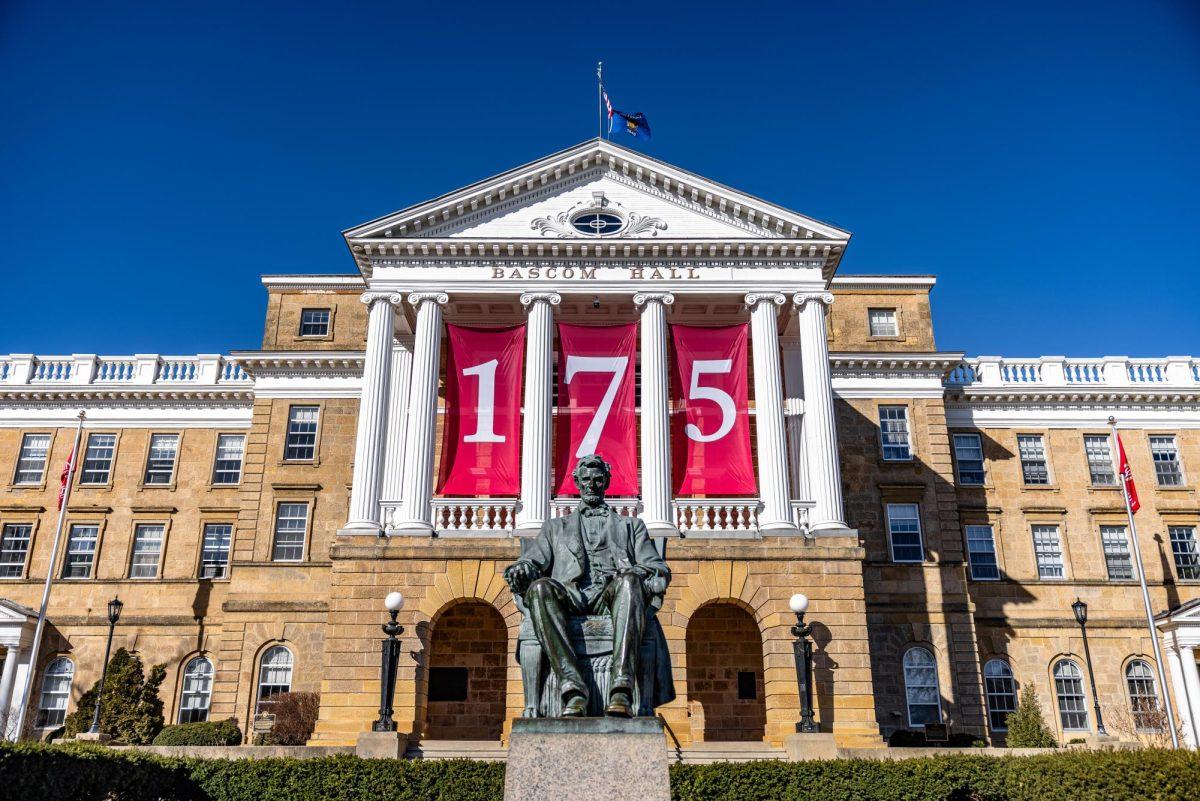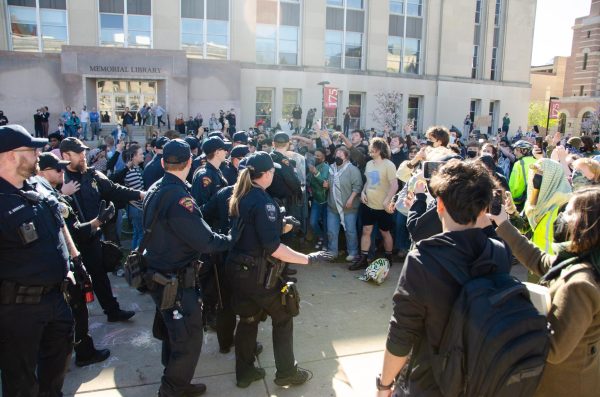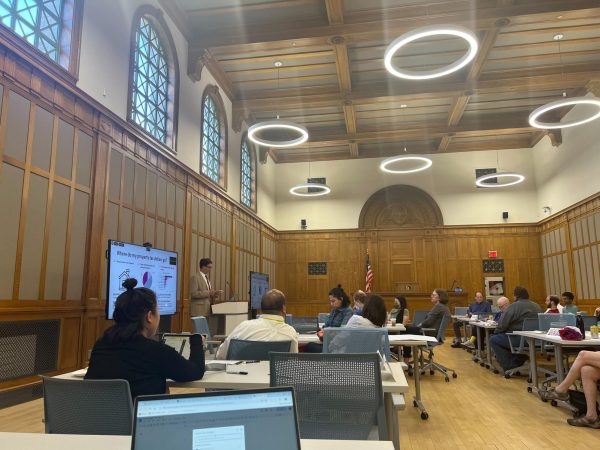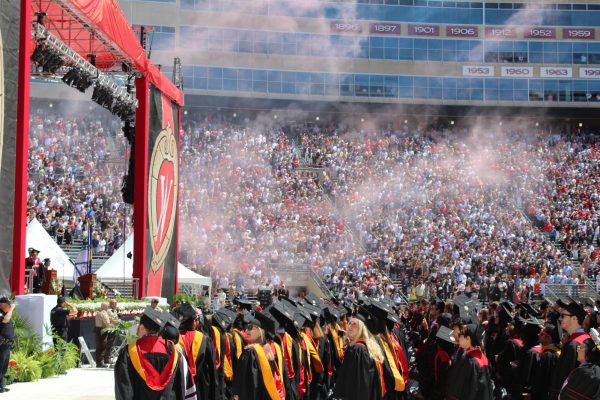The Center for Research on the Wisconsin Economy released its final paper May 20 as part of a six-part research study titled “The Economics of UW–Madison,” according to the CROWE website. The study describes the University of Wisconsin’s economic constraints and offers ideas to improve financial efficiency.
The study’s first paper estimated the economic benefits of a UW bachelor’s degree, UW professor of economics and co-author of the study Ananth Seshadri said.
“[We subtracted] both the direct cost — which includes tuition, fees and costs for required course materials — and the opportunity cost — which is measured by the median lifetime earnings of high school graduates without any college education, from the median lifetime earnings of UW–Madison graduates,” Seshadri said.
The monetary return for UW graduates is about $760,000, Seshadri said. Though his team did not directly compare this return to other universities, using data from the U.S. Census Bureau, they found the earnings of UW graduates are higher than those of the University of Minnesota and lower than those of the University of Michigan, Seshadri said.
Additionally, the benefit of a UW degree varies depending on the student’s selected major, according to CROWE’s second paper of the study. Whereas computer science majors earn about $74,000 a year after graduation, psychology majors earn about $30,000, according to CROWE.
As such, programs in high demand — such as computer science — should be rewarded with additional investments in comparison to other programs, according to CROWE. This requires a more adaptive UW budget model that allocates certain schools enough resources to handle increased enrollment, Seshadri said.
“Imagine we want to expand into some new areas that require lab space — say engineering or computer science,” Seshadri said. “If we had … the ability to manage these projects, these buildings would have been built more than a decade ago when interest rates were very low. The inability to invest during that era cost us.”
UW has an archaic budget model that does not link between student demand and investments in programs, Seshadri said. Instead, the current model allocates funds based on historical practices rather than current student interest, Seshadri said.
In 2014, former UW Chancellor Rebecca Blank investigated and attempted to fix the budget model, Seshadri said.
“Vested interests prevailed in thwarting the budget model change, and it never came to pass,” Seshadri said. “It was disheartening to see vested interests stand in the way of progress, but academic politics can be vicious even when stakes are small, let alone when they are large.”
Removing such monetary limitations on UW would have a meaningful impact on the university’s future, Seshadri said. One way to accomplish this is by creating an individualized UW–Madison board rather than allowing the UW System Board of Regents to exercise such strong financial control over all of its 13 campuses, according to CROWE.
Seshadri said he also believes eliminating this inefficient governance control could help UW improve graduate, research and international rankings. Though, there are other factors that limit UW’s intercollegiate performance, Seshadri said.
UW faces significant capital limitations because its in-state tuition is much cheaper than peer institutions, Seshadri said.
The UW Board of Regents recently approved a tuition increase for undergraduates, but this will not help UW stay on par with other universities, Seshadri said. The increase does not account for inflation and does not nearly compare to the cost of peer universities, Seshadri said.
“I will submit that there is no basis for our tuition to be lower than UMN–Twin Cities,” Seshadri said. “… A higher in-state tuition will not just subsidize aid for those without means but also help UW–Madison make investments in core areas.”
Not only does UW fall behind in tuition cost, but the university’s research and development expenditures pale in comparison to its peers, according to CROWE’s third paper of the study. This has likely contributed to the university’s decline in global and domestic graduate rankings over the last decade, according to CROWE.
Still, one of the largest factors influencing UW’s ranking among fellow universities remains its unsuited budget model — which does not align with students’ academic needs, Seshadri said.
“Unfortunately, our archaic budget model persists,” Seshadri said. “… Activity-based budgeting is on the rise among our peers, and I truly hope someone has the fortitude to change the budget model for the greater good of UW–Madison and Wisconsin.”



















